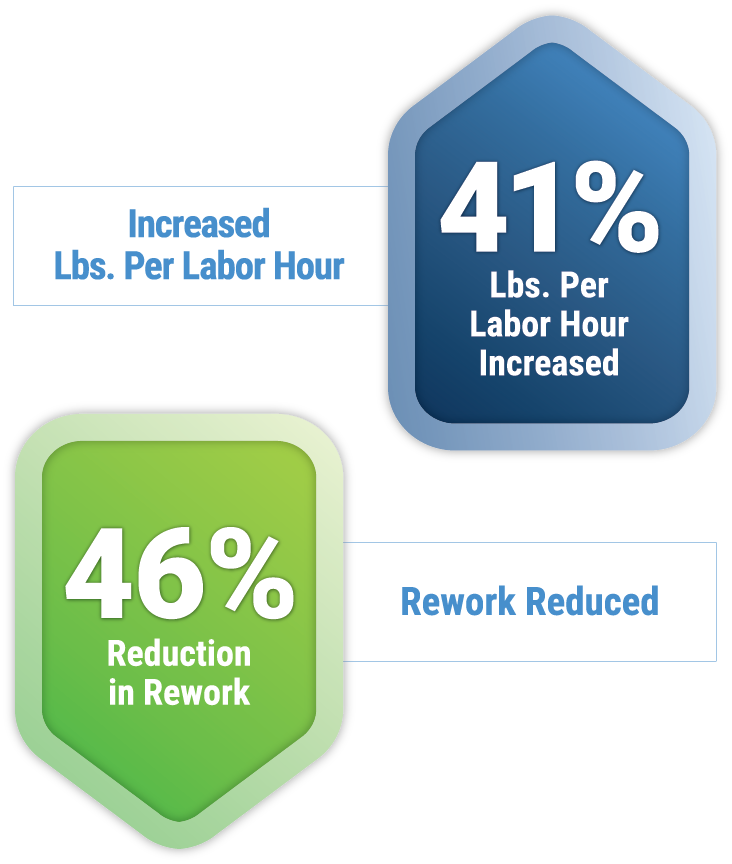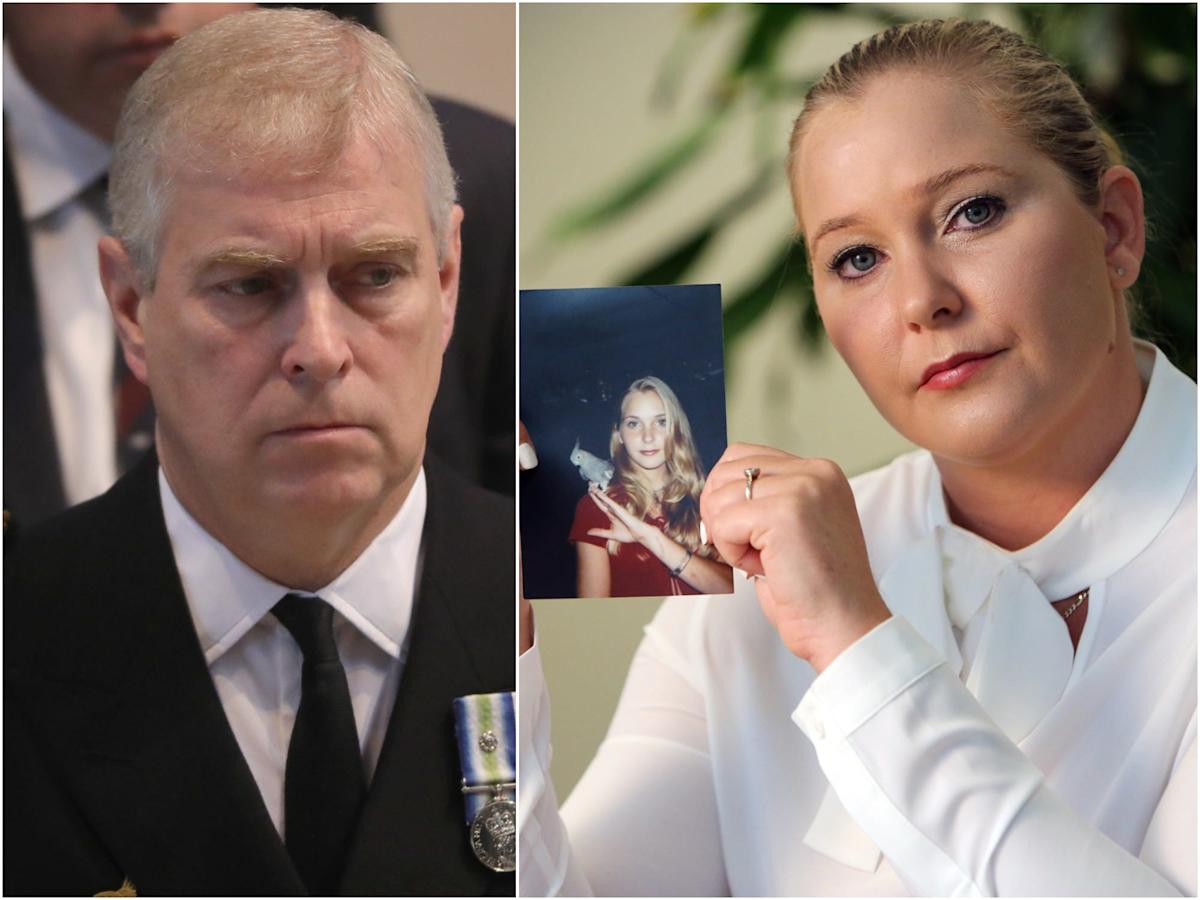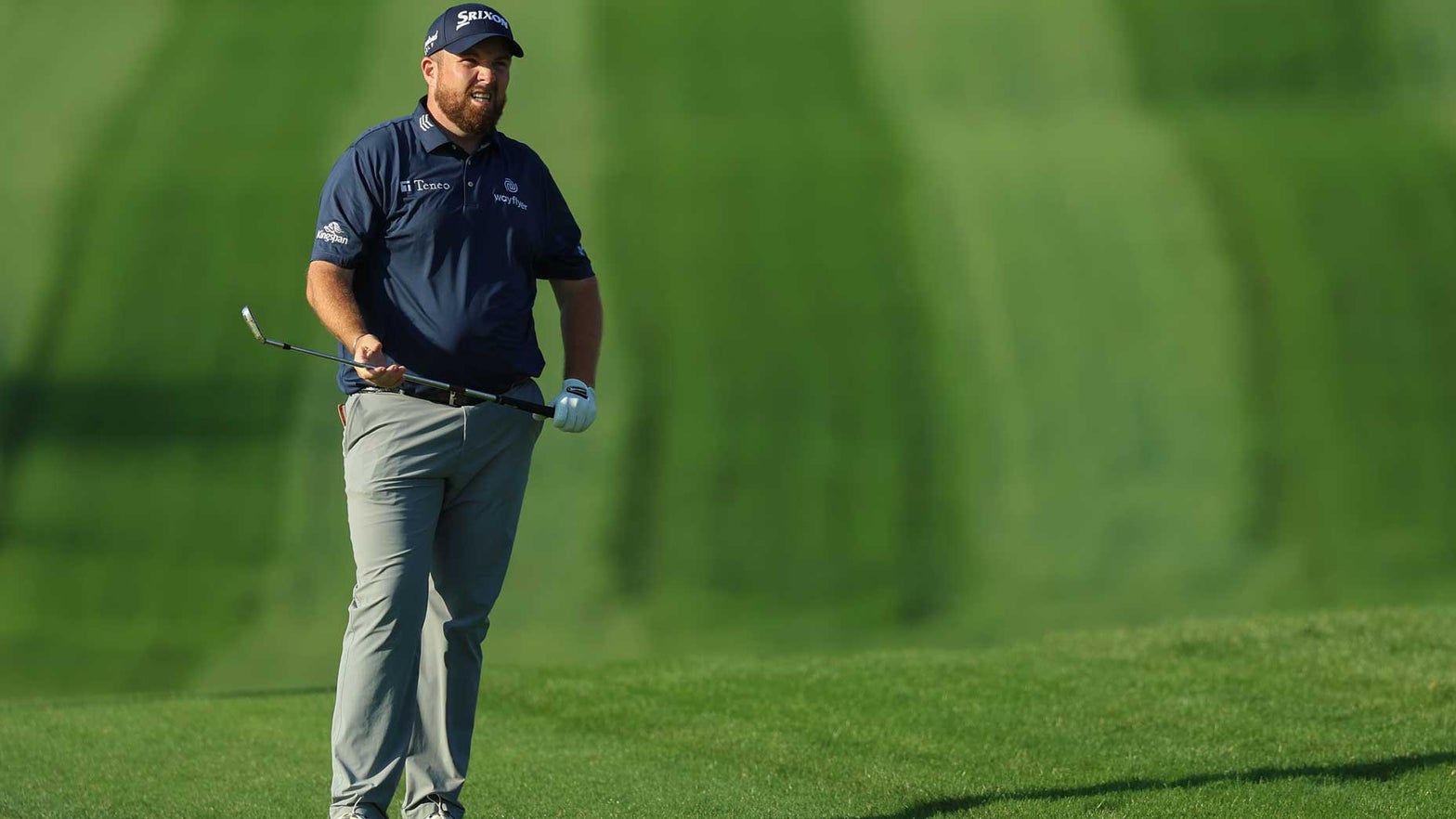Bilateral Anophthalmia: A Comprehensive Guide For Parents And Families

Table of Contents
Understanding Bilateral Anophthalmia
What is Bilateral Anophthalmia?
Bilateral anophthalmia is a rare congenital condition characterized by the absence of both eyes at birth. It's crucial to differentiate this from microphthalmia, where the eyes are present but abnormally small. Bilateral anophthalmia's prevalence is estimated to affect approximately 1 in 100,000 births, although the exact figures vary across populations. Genetic factors often play a significant role, with several genes identified as potentially contributing to this condition. Some cases are associated with specific genetic syndromes, further complicating the diagnosis and management.
- Definition: Complete absence of both eyes at birth.
- Prevalence Statistics: Approximately 1 in 100,000 births (variable).
- Genetic Causes: Several genes implicated; often associated with other genetic abnormalities.
- Associated Syndromes: Examples include anophthalmia-microphthalmia syndrome, Warburg syndrome, and others.
Diagnosis and Prenatal Detection
Diagnosing bilateral anophthalmia can occur prenatally through ultrasound scans during routine prenatal checkups or as a result of targeted genetic testing. Prenatal diagnosis allows parents time to prepare and access relevant support services. Postnatal diagnosis is made through a thorough physical examination by an ophthalmologist or neonatologist. Early diagnosis is critical for planning appropriate interventions and support. Differential diagnoses might include severe microphthalmia or other ocular abnormalities.
- Prenatal Ultrasound Findings: Absence of ocular structures.
- Genetic Testing Options: Chromosomal microarray analysis, gene sequencing.
- Postnatal Examination: Thorough physical assessment by a specialist.
- Differential Diagnoses: Severe microphthalmia, other eye malformations.
Treatment and Management Options
Prosthetic Eyes (Ocular Prostheses)
Prosthetic eyes, also known as ocular prostheses, are custom-made artificial eyes designed to restore a natural appearance. The timing of fitting varies, often beginning in infancy or early childhood, depending on the child's development and the advice of the ophthalmologist. Several types of prostheses are available, each designed to match the individual's unique facial features and skin tone. The process involves several visits to a skilled ocularist. Emotional support for both the child and the parents is vital throughout this process.
- Types of Prosthetic Eyes: Custom-made, tailored to individual facial features.
- Age of Fitting: Often begins in infancy or early childhood.
- Maintenance: Regular cleaning and potential replacement over time.
- Emotional Considerations: Addressing anxieties and fostering a positive self-image.
Sensory Development and Stimulation
Since vision is absent, providing rich sensory stimulation is crucial for a child's overall development. Tactile stimulation, such as through textured toys and various materials, helps develop their sense of touch. Auditory stimulation, using music, soundscapes, and verbal interaction, enhances their auditory perception. Early intervention programs play a vital role in providing specialized therapies and support tailored to the child’s unique needs.
- Tactile Stimulation Techniques: Textured toys, playdough, different fabrics.
- Auditory Stimulation: Music therapy, storytelling, sound exploration.
- Other Sensory Activities: Taste, smell, movement experiences.
- Early Intervention Therapies: Occupational therapy, physical therapy.
Low Vision Aids and Assistive Technology
Children with bilateral anophthalmia can benefit from assistive technologies to navigate their world. Braille instruction is essential for literacy development. Assistive listening devices improve auditory access in noisy environments. Orientation and mobility training teach safe and independent movement. Adaptive technology, such as screen readers and voice-activated devices, improves access to education and information.
- Assistive Listening Devices: Amplified sound systems, personal FM systems.
- Braille Instruction: Specialized instruction and materials for literacy.
- Orientation and Mobility Training: Techniques for safe and independent navigation.
- Adaptive Technology: Screen readers, voice-activated software, alternative input devices.
Developmental Considerations and Support
Social and Emotional Development
Children with bilateral anophthalmia may face unique social and emotional challenges. Building self-esteem and confidence is vital. Open communication with the child, age-appropriate explanations, and positive reinforcement are crucial. Encouraging peer interaction and creating opportunities for social inclusion will help the child build strong relationships. Family support and professional guidance from therapists are invaluable in addressing any emotional challenges.
- Strategies for Building Self-Esteem: Positive reinforcement, celebrating achievements.
- Peer Interaction: Facilitating friendships and inclusive social activities.
- Emotional Support for the Child and Family: Counseling, therapy.
- Dealing with Societal Reactions: Education and advocacy.
Educational Support and Inclusion
Inclusive education is crucial for children with bilateral anophthalmia. Individualized Education Programs (IEPs) should be developed to cater to their specific learning needs. Classroom strategies should focus on adaptive learning materials and assistive technologies. Specialized educational resources and trained professionals can provide additional support.
- Individualized Education Programs (IEPs): Tailored educational plans to meet specific needs.
- Inclusive Classroom Strategies: Adaptive learning materials, assistive technologies.
- Specialized Educational Resources: Braille, audio books, adapted curriculum.
Support Networks and Resources
Connecting with support groups and organizations is essential for families dealing with bilateral anophthalmia. These networks provide valuable emotional support, information sharing, and practical advice. Online communities offer a space for families to connect and share their experiences. Remember, you are not alone.
- List of Relevant Organizations: [Include links to relevant national and international organizations focusing on visual impairments and rare conditions]
- Support Groups (local and online): [Include links to relevant online forums and support groups]
- Links to Helpful Resources: [Include links to relevant websites offering information and resources]
Conclusion
Bilateral anophthalmia is a challenging condition, but with the right understanding, support, and proactive approach, children can thrive and lead fulfilling lives. This comprehensive guide has provided information on diagnosis, treatment options, developmental considerations, and crucial support networks. Remember, early intervention and a strong support system are vital. If you have a child with bilateral anophthalmia or suspect a diagnosis, connect with the resources provided to gain further support and guidance on your journey. Continue learning about bilateral anophthalmia and find the best path forward for your family.

Featured Posts
-
 Canadas Leading Natural Gas Producer A Case Study In Expansion
May 12, 2025
Canadas Leading Natural Gas Producer A Case Study In Expansion
May 12, 2025 -
 Bus Crash Leaves Prince Andrew Accuser Fighting For Life
May 12, 2025
Bus Crash Leaves Prince Andrew Accuser Fighting For Life
May 12, 2025 -
 Po 25 Rokoch Thomas Mueller Opusta Bayern Mnichov
May 12, 2025
Po 25 Rokoch Thomas Mueller Opusta Bayern Mnichov
May 12, 2025 -
 How To Meet Shane Lowry Tips And Strategies
May 12, 2025
How To Meet Shane Lowry Tips And Strategies
May 12, 2025 -
 Mdah Ka Ghyr Mtwqe Eml Tam Krwz Ke Jwte Pr Pawn Awr Adakar Ka Jwab
May 12, 2025
Mdah Ka Ghyr Mtwqe Eml Tam Krwz Ke Jwte Pr Pawn Awr Adakar Ka Jwab
May 12, 2025
Latest Posts
-
 Continued Stricter Border Checks In The Netherlands A Trend Analysis
May 12, 2025
Continued Stricter Border Checks In The Netherlands A Trend Analysis
May 12, 2025 -
 Netherlands Increased Border Controls Continue Despite Falling Asylum Numbers
May 12, 2025
Netherlands Increased Border Controls Continue Despite Falling Asylum Numbers
May 12, 2025 -
 Parliament Upholds Support For Asylum Minister Faber
May 12, 2025
Parliament Upholds Support For Asylum Minister Faber
May 12, 2025 -
 Netherlands Extends Border Checks Despite Fewer Arrests And Asylum Claims
May 12, 2025
Netherlands Extends Border Checks Despite Fewer Arrests And Asylum Claims
May 12, 2025 -
 No Confidence Vote Fails Against Asylum Minister Faber
May 12, 2025
No Confidence Vote Fails Against Asylum Minister Faber
May 12, 2025
